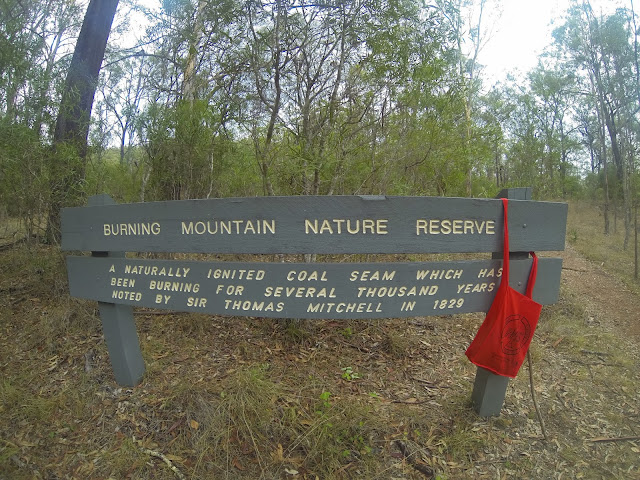Wave Rock is a strange natural
rock formation located east of the small town of Hyden in Western Australia. Wave
Rock name derives from the fact that it is shaped like a tall breaking ocean
wave, composed of granite and the total outcrop covers several hectares. The wave
rock is about 15 meters high and about 110 meters long. Wave Rock is a remarkable
example of what geomorphologists call a "flared slope". A flared
slope is a concave-upward or -inward bedrock surface that is naturally found
around the base of inselbergs, bornhardts, and granitic boulders and also on
their higher slopes. Wave Rock is 27 million years old and made up of grey and
red granite strips, is quite a formation aboriginal rock paintings can also be
seen at nearby Bates Cave.
The shape of the rock is not
caused by a wave phenomenon, rather its rounded wave-like shape was formed by
subsurface chemical weathering followed by removal of the soft weathered
granite by fluvial erosion, and therefore the weathering occurred below ground
level before it was exposed. The end result is an undercut base, leaving a
round overhang. Further, in the spring season, water running down the rock
during wetter months dissolves minerals adding to the coloring of the wave. Moreover
the other aspect of Wave Rock not often shown on photographs is the retaining
wall about halfway up the rock. This follows the contours and lets rainwater to
be collected in a storage dam. It was constructed in 1951 by the Public Works
Department, and such walls are common on many similar rocks in the Wheat-belt
region of Western Australia. You will find interpretive signage around the rock;
enlighten you on the history of the rock and surrounding areas. In the spring,
one can find many orchids and other flowers growing around the base in the
Sheoak trees.

























































